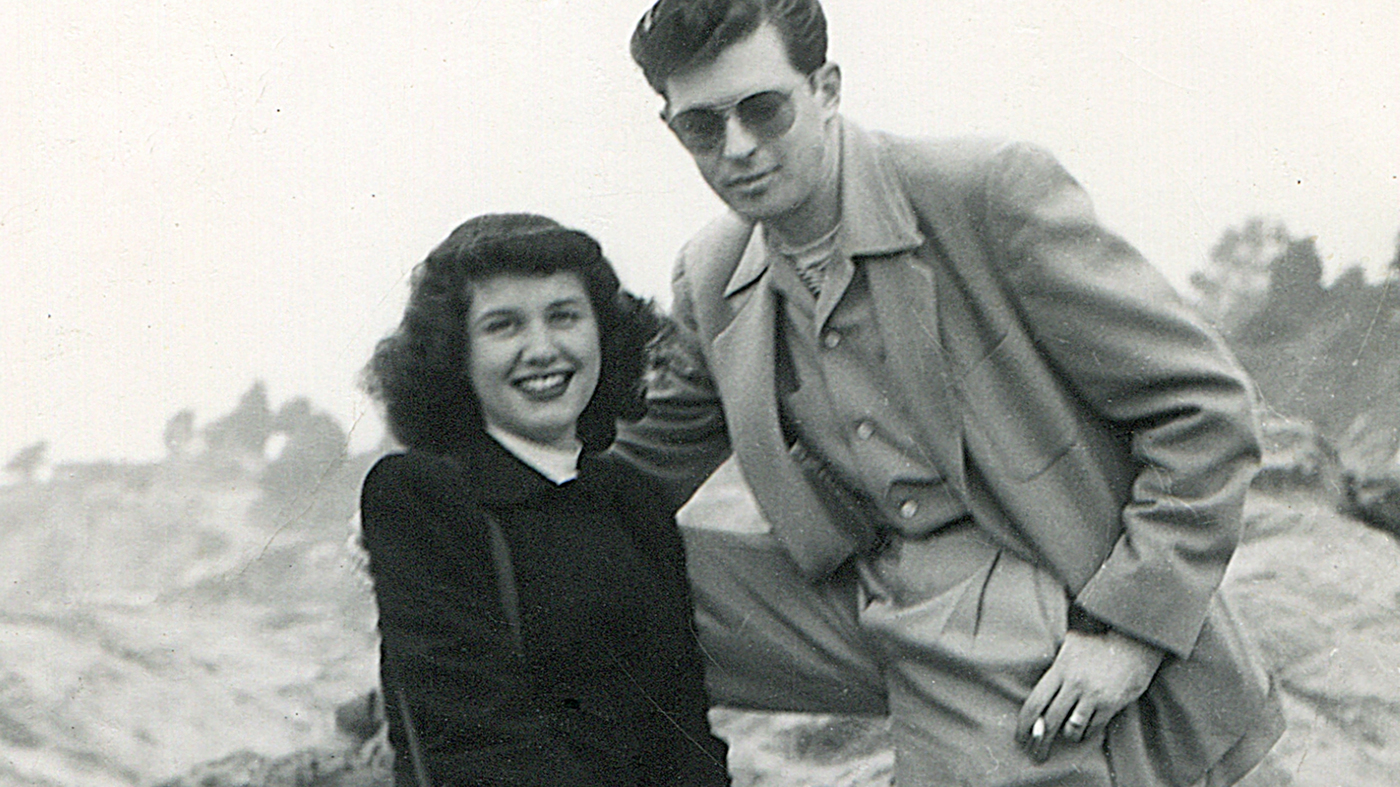Review: Harold and Lillian: A Hollywood Love Story (2015)
While Hollywood is not known to be home to many successful marriages, Daniel Raim’s Harold and Lillian: A Hollywood Love Story recounts one of the few that did work, the marriage between Harold and Lillian Michelson. Harold Michelson worked as a storyboard artist and production designer for countless classic films like The Ten Commandments and West Side Story, while Lillian ran one of the most essential research libraries in Hollywood. Together, they were one of Hollywood’s invisible power couples, aiding countless classics and influencing powerful directors. Raim’s documentary is a celebration of this couple that was united by their love of movies and love of each other.
Cinematic love letters are often a trying affair, testing audience patience by producing a hagiography of an individual (or individuals) that the filmmaker clearly loves more than the viewer. While Harold and Lillian: A Hollywood Love Story doesn’t entirely avoid this sort of pitfall, it at least sheds light on two fascinating and mostly unknown individuals who’ve had great influence in Hollywood over the past half century. Director Daniel Raim splits his focus equally between Harold and Lillian, and between their personal lives and their careers. It’s invigorating to see that Raim finds the success of Harold and Lillian’s marriage to be as meaningful as the success of their careers. Such optimistic championing of romance and committed partnership is almost unheard of in these sorts of documentaries, which often thrive off gossip and unearthed scandal.
In focusing on their half-century marriage, Raim grasps something essential about how personal struggles can loom larger than public successes when remembering a life well lived. While Harold died in 2007, Lillian is still alive and kicking—as sharp as a whip and sporting a perfect haircut to boot. Remembering her and Harold’s lives together, she focuses more on the challenges they experienced as a married couple—their rushed marriage, the difficulties of raising an autistic son, and the eventual pleasures of seeing that son thrive in his chosen career—than any perceived successes in her career. It’s a gentle reminder that behind all these illustrious careers in show business, people still struggle with the universal issues of happiness and self-actualization that haunt any normal person.
Still, the attention paid to Harold and Lillian’s professional lives is probably more immediately appealing to the average viewer. Raim does an admirable job highlighting the importance of storyboard artists and researchers—two jobs that are unsung and unnoticed in modern filmmaking. However, he does overreach himself when insinuating that Harold had as much influence over the final direction of The Ten Commandments or The Graduate as Cecil B. DeMille or Mike Nichols. Visually, the film also plays as little more than a slideshow, combining archival footage of Harold and Lillian’s work with sketches (styled as storyboards) depicting their life together.
Harold and Lillian: A Hollywood Love Story is a slight film, with little visual or thematic punch, but it does rightly champion the personal and professional successes of two below-the-line artists who remain unknown to the average cinephile.
5 out of 10
Harold and Lillian: A Hollywood Love Story (2015, USA)
Directed by Daniel Raim.
This review was originally published on the now-defunct Toronto Film Scene.
